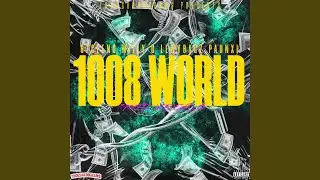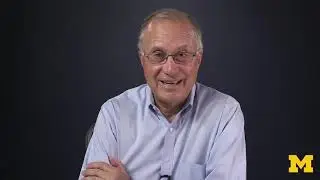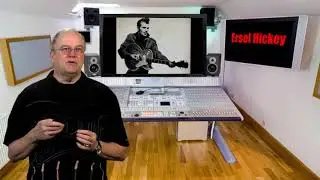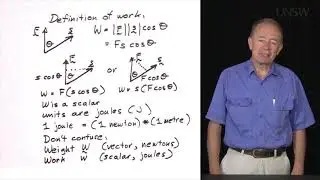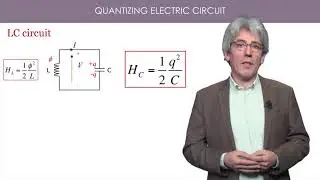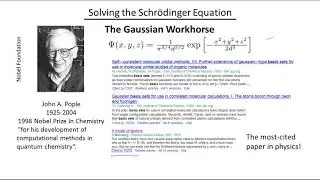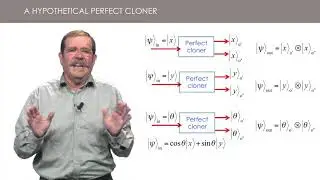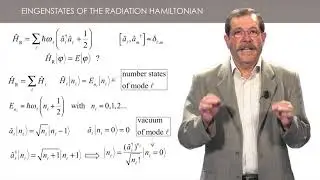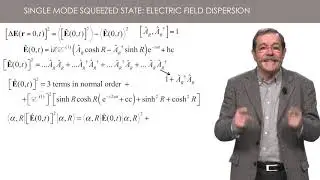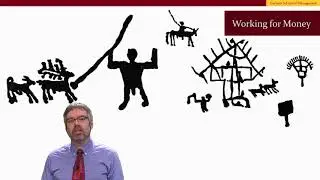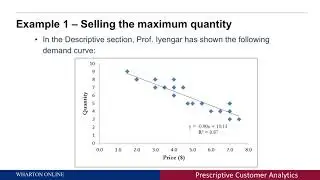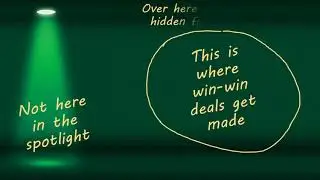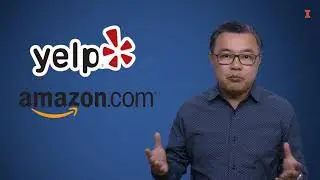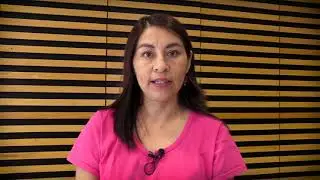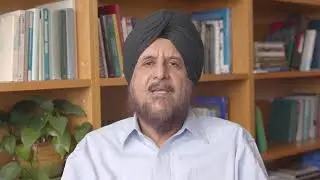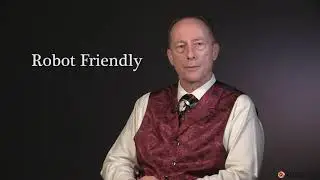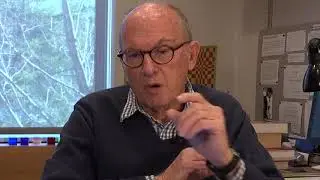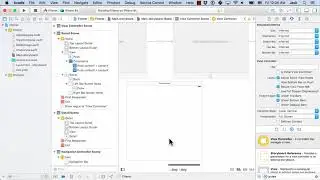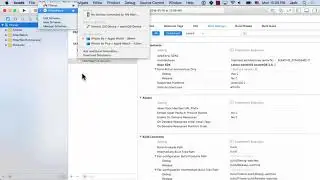3.4 Squeezed state: definition, properties - Quantum Optics 2 - Two photons and more
Link to this course:
https://click.linksynergy.com/deeplin...
3.4 Squeezed state: definition, properties - Quantum Optics 2 - Two photons and more
Quantum Optics 1, Single photons, allowed learners to be introduced to the basic principles of light quantization, and to the standard formalism of Quantum Optics. All the examples were taken in single photons phenomena, including applications to quantum technologies.
In the same spirit, Quantum Optics 2, Two photons and more, will allow learners to use the Quantum Optics formalism to describe entangled photon, a unique feature at the root of the second quantum revolution and its applications to quantum technologies. Learners will also discover how the Quantum Optics formalism allows one to describe classical light, either coherent such as laser light, or incoherent such as thermal radiation. Using a many photons description, it is possible to derive the so-called Standard Quantum Limit (SQL), which applies to classical light, and to understand how new kinds of quantum states of light, such as squeezed states of light, allow one to beat the SQL, one of the achievements of quantum metrology. Several examples of Quantum Technologies based on entangled photons will be presented, firstly in quantum communication, in particular Quantum Teleportation and Quantum Cryptography. Quantum Computing and Quantum Simulation will also be presented, including some insights into the recently proposed Noisy Intermediate Scale Quantum (NISQ) computing, which raises a serious hope to demonstrate, in a near future, the actively searched quantum advantage, ie, the possibility to effect calculations exponentially faster than with classical computers.
The course content is excellent as are the video presentations and quiz questions and, above all, the explanations of concepts.,very good course.Please launch Quantum optics 3 course now
In this lesson, you will learn about non-classcal states of light, squeezed states, which allow one to beat the Standard Quantum Limit, ie, to realize measurements with an uncertainty smaller than what was considered the ultimate limit, which in fact applies to a perfectly controlled classical beam of light, either a laser beam or a beam from a standard source. The notion of squeezed states of light was discovered in 1980, in the hope to succeed in detecting gravitational waves with giant optical interferometers. Almost 40 years later, Squeezed States of Light are effectively used with these giant interferometers, and they promise to increase significantly the volume of the universe explored by these interferometers. This is an example of a quantum technology based on a multi-photons quantum state, without any classical equivalent.
3.4 Squeezed state: definition, properties - Quantum Optics 2 - Two photons and more
Copyright Disclaimer under Section 107 of the copyright act 1976, allowance is made for fair use for purposes such as criticism, comment, news reporting, scholarship, and research. Fair use is a use permitted by copyright statute that might otherwise be infringing. Non-profit, educational or personal use tips the balance in favour of fair use.


